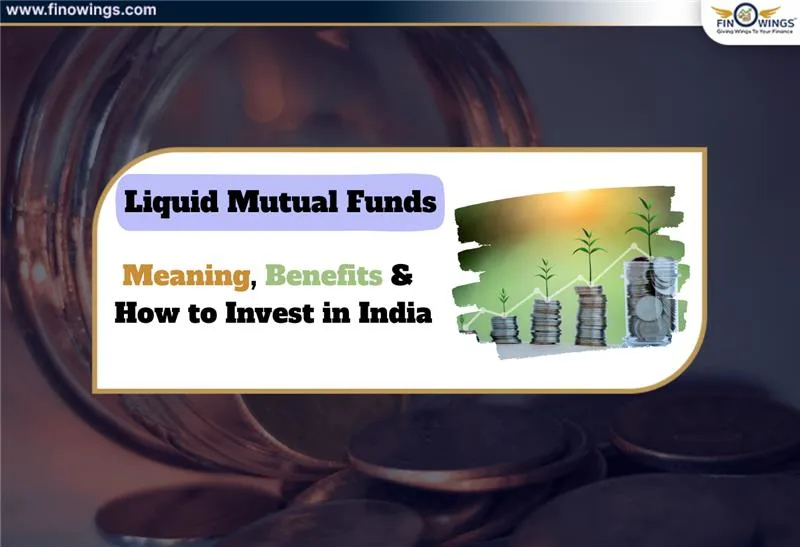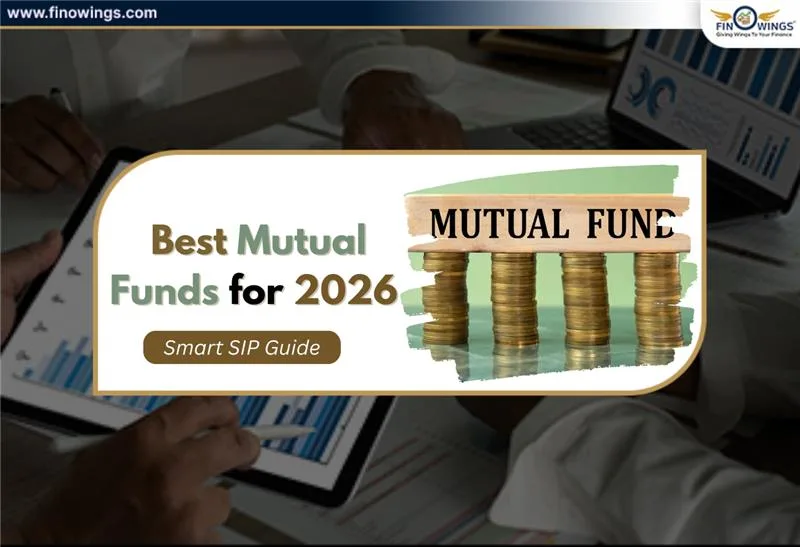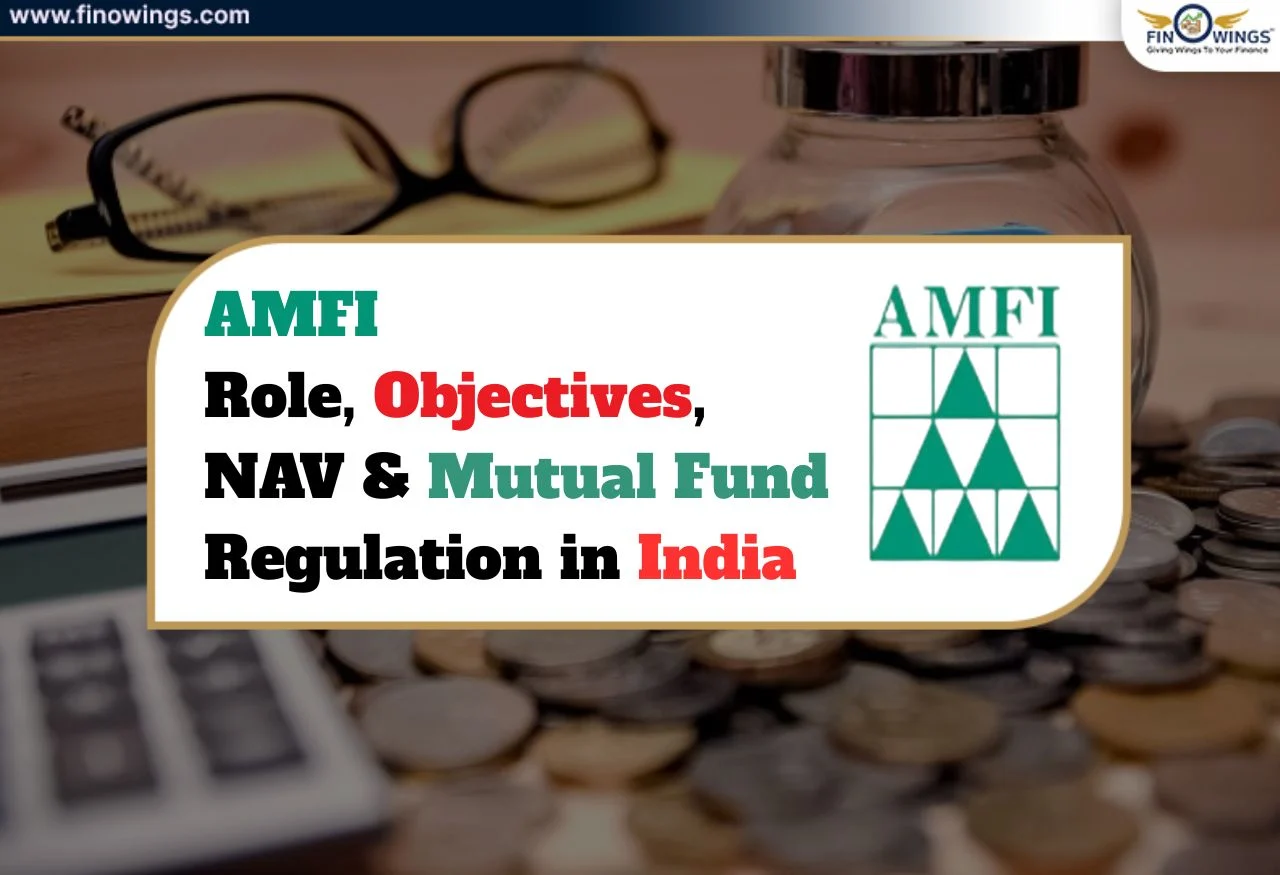Home >> Blog >> Top Performing Mutual Funds in Last 10 Years for 2024
Top Performing Mutual Funds in Last 10 Years for 2024
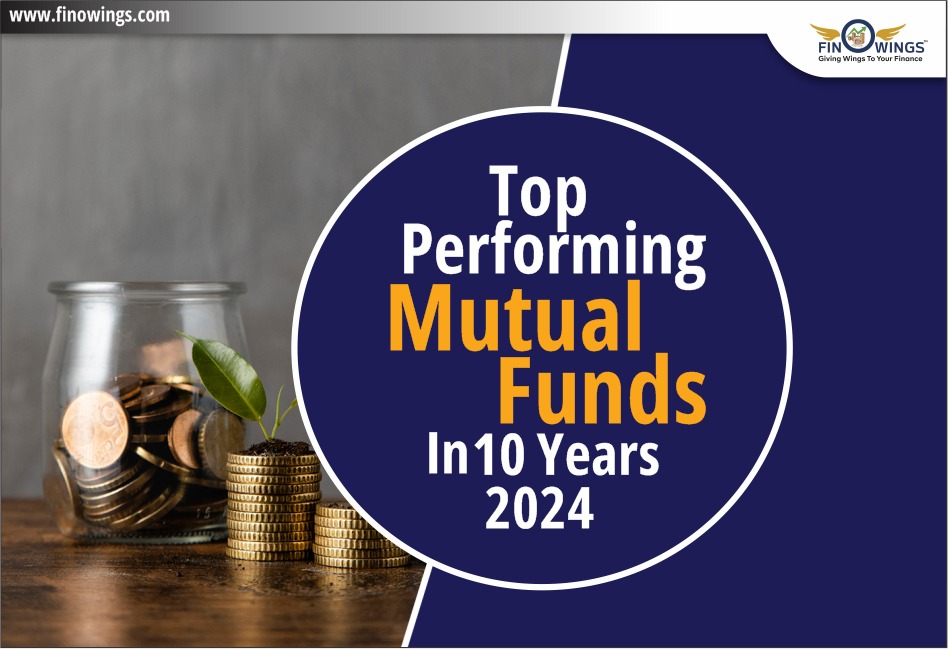
Table of Contents
- Introduction
- Top 10 Mutual Funds:-
- 1. HDFC Mid-Cap Opportunities Fund:-
- 2. ICICI Prudential Bluechip Fund:-
- 3. HDFC Flexi Cap Fund:-
- 4. Nippon India Small Cap Fund:-
- 5. Nippon India Multi Cap Fund:-
- 6. SBI Contra Fund:-
- 7. SBI Long-Term Equity Fund:-
- 8. UTI Nifty 50 Index Fund Direct Growth:-
- 9. HDFC Large and Mid Cap Fund:-
- 10. HDFC Focused 30 Fund:-
- What are the best Mutual Funds?
- How to Select Top Performing Mutual Funds in India?
- How Tax is Applied on Best Mutual Funds in India?
Introduction
Professional fund managers can make calculated investment decisions thanks to the money that mutual funds aggregate from different clients. The appeal is in the professional management, the flexibility to accommodate a range of financial objectives, and the diversification to mitigate risk.
Mutual funds offer solutions that accommodate varying risk profiles and goals. This liquidity enables investors to purchase or sell shares at their net asset value (NAV). Based on their CRISIL rating, the top mutual funds in 10 distinct categories will be examined in this article.
Top 10 Mutual Funds:-
Let's examine the best mutual funds for investing, as well as each one's category and AUM (Assets under Management).
|
Fund Name |
Category |
AUM (Rs in Crs) |
|
HDFC Mid-Cap Opportunities Fund |
Mid-Cap Fund |
52137.70 |
|
ICICI Prudential Bluechip Fund |
Large-Cap Fund |
44425.37 |
|
HDFC Flexi Cap Fund |
Flexi Cap Fund |
42271 |
|
Nippon India Small Cap Fund |
Small Cap Fund |
41018.84 |
|
Nippon India Multi Cap Fund |
Multi Cap Fund |
22695.37 |
|
SBI Contra Fund |
Contra Fund |
18930.58 |
|
SBI Long-Term Equity Fund |
ELSS |
17279.15 |
|
UTI Nifty 50 Index Fund Direct Growth |
Fund/ETFs |
13626.63 |
|
HDFC Large and Mid Cap Fund |
Large and Mid Cap Fund |
13427.73 |
|
HDFC Focused 30 Fund |
Focussed Fund |
7762.21 |
More Thorough Analysis of The Top 10 Mutual Funds
The best mutual funds for investments across categories should be examined more closely in light of variables including volatility, expense ratios, total returns since inception, and more.
Note:
1. The expense ratio stands for the annual maintenance charge a mutual fund utilises to support various expenses like management fees, allocation charges, costs of promotion, and more.
2. The amount of fluctuation in a mutual fund's price over a given period of time is known as volatility. The standard deviation measures how much returns deviate from the mean and provides information about past price swings of the fund. In contrast, beta measures how volatile a fund is in relation to the market as a whole.
3. An investor's long-term view of the fund's performance over its whole life is provided by total returns since inception.
4. Within a given time frame, the frequency at which the fund's holdings are bought and sold is gauged by the Portfolio Turnover Ratio (PTR). More frequent trading is indicated by a greater turnover ratio, which could result in higher transaction costs and capital gains taxes for investors. Conversely, a smaller turnover percentage suggests a buy-and-hold approach that involves less changes to the portfolio.
5. The difference in performance between a mutual fund and its benchmark index is measured by tracking error. A smaller tracking error implies that the fund follows the benchmark more closely, whereas a larger tracking error denotes a larger variance.
1. HDFC Mid-Cap Opportunities Fund:-
· Fund House: HDFC Mutual Fund
· Expenses Ratio: 1.5%
· Volatility, Shared Deviation: 15.11 vs 14.97
· Volatility, beta Version: 0.9 vs 0.88
· Total returns since inception: 1329.75%
· Portfolio turnover ratio: 12.35%
· Tracking Error: 4.65%
The fund invests 93.96% of its total holdings in regional equities. Of this, large-cap stocks account for 5.16 percent, mid-cap stocks for 54.07 percent, and small-cap stocks for 18.58 percent.
2. ICICI Prudential Bluechip Fund:-
· Fund House: ICICI Prudential Mutual Fund
· Expenses Ratio: 1.56%
· Volatility, Shared Deviation: 13.4 vs 14.03
· Volatility, beta Version: 0.91 vs 0.94
· Total returns since inception: 761.21%
· Portfolio turnover ratio: 23%
· Tracking Error: 6.18%
Ninety-eight percent of the fund's assets are invested in local equities, comprising 79.12 percent large-cap stocks, 5.63 percent mid-cap stocks, and 0.36 percent small-cap stocks. Furthermore, 0.51 percent of the fund is invested in government securities, making up 0.5 percent of the total debt component.
3. HDFC Flexi Cap Fund:-
· Fund House: HDFC Mutual Fund
· Expenses Ratio: 1.57%
· Volatility, Shared Deviation: 14.82 vs 14.24
· Volatility, beta Version: 0.96 vs 0.94
· Total returns since inception: 14572.15%
· Portfolio turnover ratio: 24.52%
· Tracking Error: 7.52%
With 62.49 percent of its investments in large-cap stocks, 5.99 percent in mid-cap companies, and 3.98 percent in small-cap stocks, the fund has 88.57 percent of its assets invested in local equities.
4. Nippon India Small Cap Fund:-
· Fund House: Nippon India Mutual Fund
· Expenses Ratio: 1.53%
· Volatility, Shared Deviation: 15.98 vs 15.1
· Volatility, beta Version: 0.89 vs 0.81
· Total returns since inception: 1236.02%
· Portfolio turnover ratio: 19%
· Tracking Error: 0.00%
With 5.35 percent in large-cap stocks, 8.64 percent in mid-cap stocks, and a substantial 56.38 percent in small-cap stocks, this fund invests 96.36% of its total assets in domestic equities.
5. Nippon India Multi Cap Fund:-
· Fund House: Nippon India Mutual Fund
· Expenses Ratio: 1.67%
· Volatility, Shared Deviation: 15.27 vs 14.67
· Volatility, beta Version: 0.99 vs 0.92
· Total returns since inception: 2125.12%
· Portfolio turnover ratio: 30%
· Tracking Error: 10.18%
The portfolio of this fund is made up of 98.37 percent investments in domestic stocks. Of them, large-cap stocks account for 36%, mid-cap stocks for 21.97%, and small-cap stocks for 23.75%.
6. SBI Contra Fund:-
· Fund House: SBI Mutual Fund
· Expenses Ratio: 1.7%
· Volatility, Shared Deviation: 13.44 vs 13.95
· Volatility, beta Version: 0.86 vs 0.93
· Total returns since inception: 1795.84%
· Portfolio turnover ratio: 204%
· Tracking Error: 6.84%
The fund invests 76.23% of its total assets in domestic equities, of which 34.51% are in large-capitalization stocks, 17.62 percent are in mid-capitalization stocks, and 9.51 percent are in small-capitalization stocks. Furthermore, 6.21 percent of the fund's assets are in debt, all of which is invested in government securities.
7. SBI Long-Term Equity Fund:-
· Fund House: SBI Mutual Fund
· Expenses Ratio: 1.72%
· Volatility, Shared Deviation: 13.42 vs 13.81
· Volatility, beta Version: 0.92 vs 0.91
· Total returns since inception: 3091.43%
· Portfolio turnover ratio: 17%
· Tracking Error: 3.66%
With 54.47 percent of its investments in large-cap stocks, 13.88 percent in mid-cap stocks, and 11.8 percent in small-cap stocks, the fund has 93.28 percent of its assets invested in domestic equities.
8. UTI Nifty 50 Index Fund Direct Growth:-
· Fund House: UTI Mutual Fund
· Expenses Ratio: 0.21%
· Volatility, Shared Deviation: 14.51 vs 14.89
· Volatility, beta Version: 0.99 vs 0.83
· Total returns since inception: 287.42%
· Portfolio turnover ratio: 4%
· Tracking Error: 0.13%
This fund offers a diversified portfolio of Nifty 50 stocks together with a passive investment approach.
9. HDFC Large and Mid Cap Fund:-
· Fund House: HDFC Mutual Fund
· Expenses Ratio: 1.57%
· Volatility, Shared Deviation: 14.82 vs 14.24
· Volatility, beta Version: 0.96 vs 0.94
· Total returns since inception: 14572.15%
· Portfolio turnover ratio:24%.52
· Tracking Error: 5.12%
A portfolio of 95.81 percent domestic equity is held by the fund; large-cap stocks account for 38.05 percent of the portfolio, mid-cap stocks account for 29.47 percent, and small-cap stocks account for 9.06 percent.
10. HDFC Focused 30 Fund:-
· Fund House: HDFC Mutual Fund
· Expenses Ratio: 1.76%
· Volatility, Shared Deviation: 13.88 vs 14.26
· Volatility, beta Version: 0.9 vs 0.93
· Total returns since inception: 1594.39%
· Portfolio turnover ratio:18.84
· Tracking Error: 7.04%
The fund maintains an 83.14 percent investment in domestic equities, with a breakdown comprising 55.86 percent in large-cap companies, 7.5 percent in mid-cap stocks, and 4.19 percent in small-cap stocks.
What are the best Mutual Funds?
Mutual funds are divided into various categories based on the underlying assets, which can include debt, equities, or gold. The diverse types of mutual funds include equity, debt, and hybrid funds, each with a unique set of goals and risk tolerances.
· The ideal mutual fund choice is determined by taking into account a number of variables, including goals, investing horizon, and risk tolerance.
· For long-term investments, mutual funds with equity exposure are the best choice.
· You can invest in large cap funds, mid-size funds, small-cap funds, and other subcategories of equity mutual funds based on your willingness to take on risk.
· When assessing the past performance of a mutual fund, it's critical to keep in mind that a single time period should not be used. This is due to the possibility that a given fund has been among the top 5 funds for the last six years.
· On the other hand, the fund might not even be included in a ranking of the top 30 mutual funds from the prior year.
How to Select Top Performing Mutual Funds in India?
The characteristics listed below assist in choosing the best performing mutual funds in India:
· Time Horizon for investments
There are two primary types of mutual funds: short-term and long-term. Invest in higher-risk equities and bonds with large potential returns if you want to make short-term investments. Make long-term investments in low-risk, smaller-returning securities that provide consistent growth.
· Monetary Objectives
Choose the appropriate fund category based on your financial goals before making any investments. To make a better decision, take into account your time horizon, liquidity needs, and risk tolerance, among other things.
· The Fund's Performance
Consider a fund's track record over a five-year period while determining whether or not to invest in it.
· Experience Managing Funds
Choose a fund that has had a long history of fund manager management. Investing in a fund run by a seasoned fund manager is safe because the manager will have greater experience and can help you navigate different market conditions.
· Ratio of Expenses
Examine a fund category with an expense ratio of less than 1.00%, meaning the total amount of money used to cover fund manager compensation, advertising charges, and other fund-related fees.
· Tolerance for Risk
Before making an investment, determine your level of risk tolerance in order to get a clear picture of the potential return on that particular investment.
How Tax is Applied on Best Mutual Funds in India?
This is a comprehensive guide explaining the taxation of mutual funds in India.
· Investing in mutual funds can yield profits in two ways: capital gains and dividends.
· Dividend tax is determined by the current tax slab.
· Capital gain tax is based on the type of fund and the length of the investment.
· When equity mutual fund investments are redeemed within a year of initial investment, they are considered short-term capital gains and are subject to a 15% tax.
· When equity mutual fund investments are redeemed after a year, they are considered Long Term Capital Gains (LTCG) and are subject to 10% tax on amounts above Rs. 1 lakh.
· If fund units are sold before three years, profits on debt funds are received as STCG and are taxed according to the prevailing slab.
· Gains on debt funds, known as LTCG, are realized upon selling fund units after three years and are subject to 20% post-indexation tax.
· The underlying asset determines whether capital gains from hybrid mutual funds are subject to tax.
· If equities make up 65% of the hybrid fund, then gains will be taxed similarly to an equity fund.
· In the event that the allocation falls below 65%, the hybrid fund would be subject to debt fund taxes.
Disclaimer: This Mutual Funds Analysis is only for informational purposes and should not be considered as investment advice. Always do your research and consult with a financial advisor.
Want to supercharge your investments and reach your financial Goals? Start Investing in Mutual Funds with us! Our expert advisors will advise a scheme just for you, aligning with your plans and goals. Let's make your financial aspirations a reality, Fill the Form to start investing today!










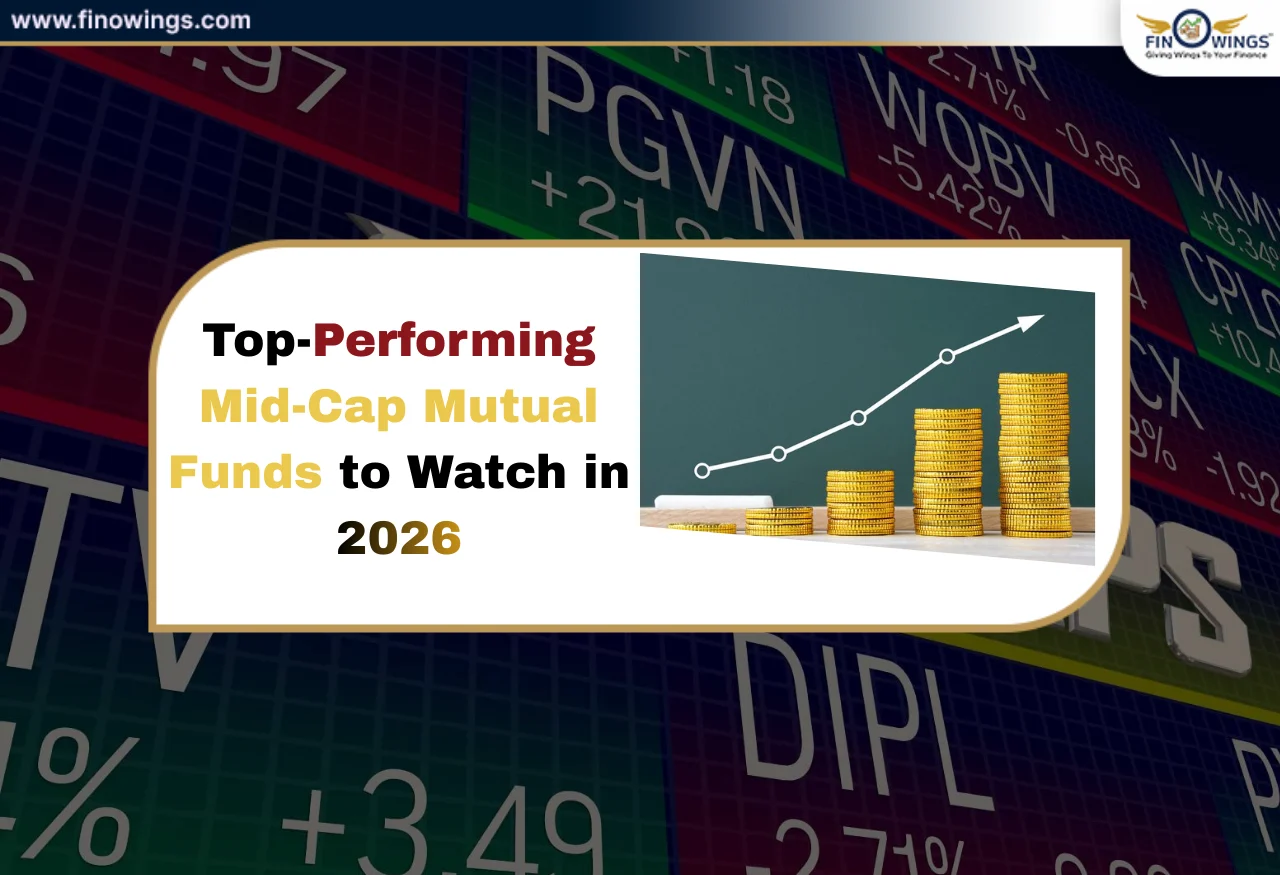
.webp)

